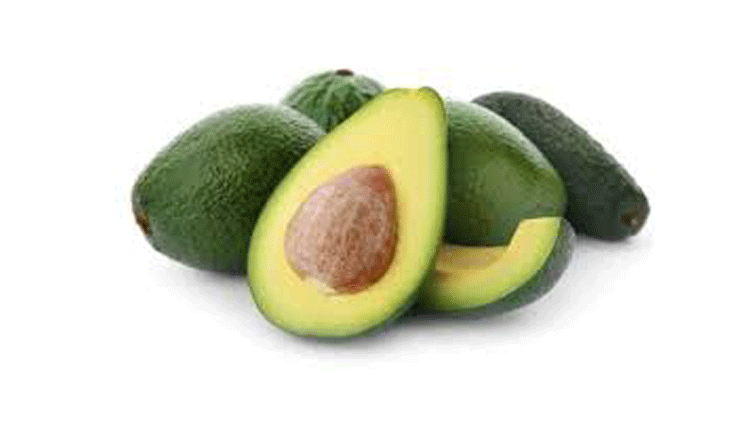Cold rooms save farmers from post-harvest loss

Cold storage is a key requirement in the post-harvest management and distribution of perishable commodities and food products.
However, such facilities are non-existent in most rural areas due to the high cost of equipment, seasonality of produce and unreliable electricity.
According to Rockefeller Foundation, the problem of food loss in Sub-Saharan Africa is acute: more than 30 per cent of the food produced for human consumption across the continent is lost owing to inadequate postharvest management, lack of structured markets, inadequate storage in households and on farms, and limited processing capacity.
Innovative model
In response to the acute food loss issue, a Kenyan company, SokoFresh, has developed an innovative business model that seeks to make it easier for farmers to adopt post-harvest management best practices without the investment in equipment.

“We set up solar-powered cold storages in rural areas where farmers and aggregators can access them through a pay-as-you-store business model,” says Denis Karema, SokoFresh Chief Executive Officer, adding, “This gives farmers, traders and exporters a risk-free opportunity to safeguard the quality of their products and increase their bottom-line.”
High-value produce
According to him, this solution is ideal for multiple types of products that need different levels of cooling during aggregation, such as mangoes, avocado, French beans, among other fresh produce.
It also helps smallholder farmers avoid huge investments in the creation of storage space, enabling them to focus on producing high-value horticulture produce.
The idea of coming up with this solution was born in 2019 after the team spent over one year looking at the post harvest loss in multiple value chains and the opportunities to build scalable solutions tackling the issue.
The team realised that despite having multiple technologies available in the market, the adoption was mainly by large-scale producers and exporters in Nairobi.
Though this is an important area of focus, it has minor impact since 90 per cent of Kenya’s agricultural produce comes from smallholder farmers, yet they are currently underserved by cold storage solutions, leading to high post-harvest losses for horticulture produce.
So far, they have installed three units in five counties, including Murang’a, Makueni, Kitui, Embu and Kajiado.
They have also brought 1,000 farmers on board. They are providing storage for French beans, mangoes, and avocados.
The choice of the three products is because they are looking at a year-round usage concept. The unit is connected to a mobile app and online dashboard for remote monitoring.
“All three are highly perishable produce that require cold storage and when combined, they represent a full year of storage use based on harvesting cycles.
Our cold room is set to temperatures of between four to 13 degrees celsius and relative humidity of between 85 per cent to 95 per cent.
This temperature range is suitable for multiple fruits and vegetable storage.”
According to Denis, they have two operating models that is; buyer-centric and farmer-centric models.
In the buyer-centric model, they integrate cold storage into the existing value chain of a wholesaler or exporter already working with smallholder farmers.
The buyer pays a fee per kilogramme or per month with a minimum off-take agreement for the seasons that it wants to engage with SokoFresh.
Reduce logistics costs
In the farmer-centric model, they support groups of farmers leveraging storage and market linkage to improve the value of their harvest.
The farmer pays a Sh2 fee per kilogramme per day of stored produce and a success fee percentage on the market linkage enabled sales.
“Our aim is to give smallholder farmers ever-increasing access to cold storage, while drastically reducing logistics costs and food loss, and in the long-term, bring SokoFresh everywhere we can.
Farmers who are using our solution have been realising an average of 20 per cent increase in their income. In future, we are planning to expand to other counties and serve more value chains.”
To ensure all farmers are able to sell their stored produce with ease, they also have a market linkage solution that connects farmers to buyers through a scalable business model.
This market linkage intervention is key to driving adoption of both the cold storage and processing technologies by guaranteeing market access to farmers using their climate-smart technology.
To ensure no produce goes to waste, they are setting up two avocado value addition facilities in Murang’a and Embu.
“Our aim is to reduce food loss and increase farmer income. This is why we are looking at the whole value chain rather than one point of the value chain.”
On challenges Denis says their model is capex heavy and growth is determined by the amount of capital we can secure, so they have to build trust with our customers and demonstrate the benefits of the cold storage innovation.


